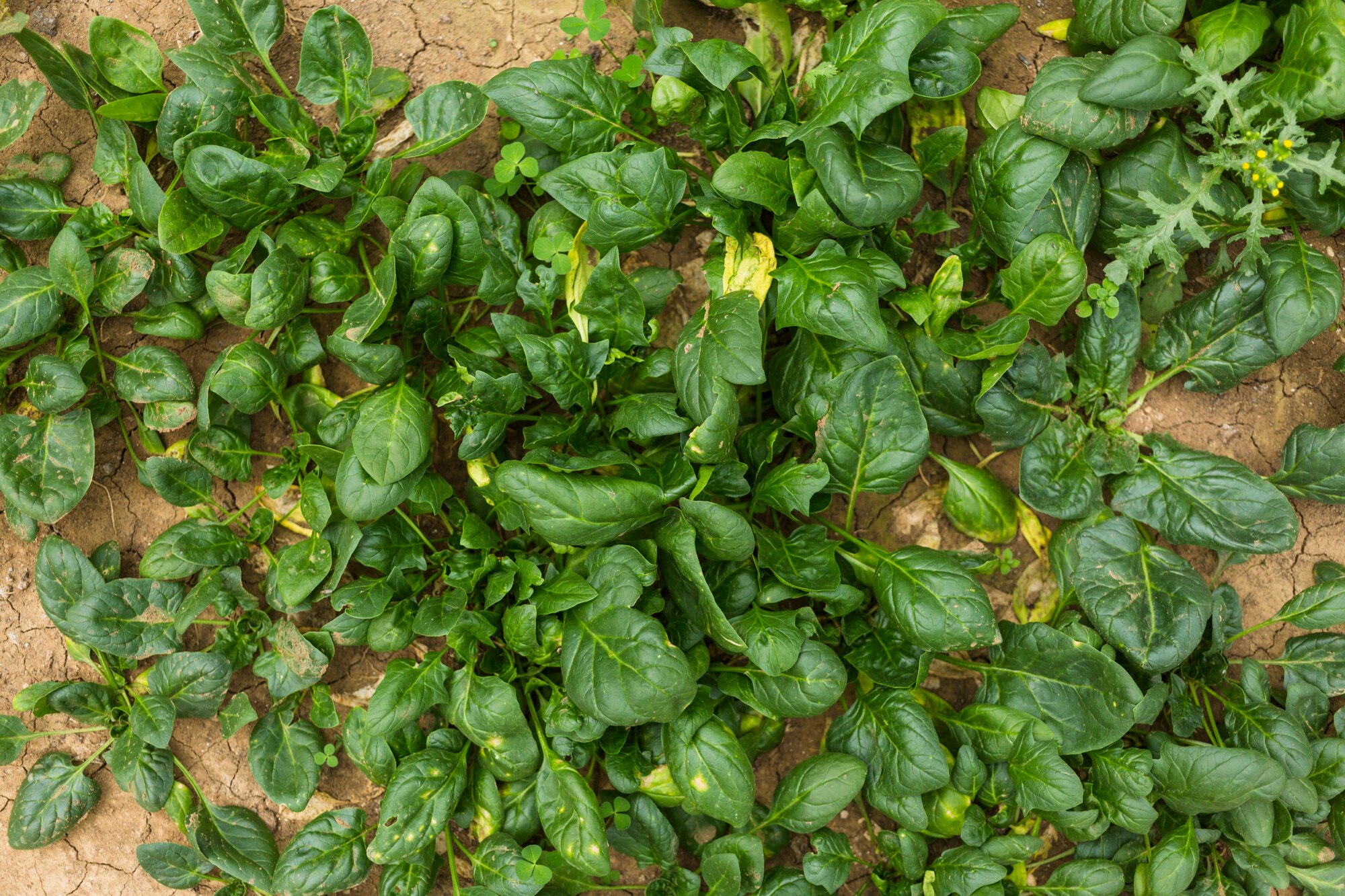
Brazilian Spinach
Alternanthera sissoo
Basic Information
🌿 Family: Amaranthaceae🗺️ Zone: 10-12
Other Names:
- Sissoo Spinach
- Samba Lettuce
- Poor Man's Spinach
🌡️ Ideal Temperature : 75°F – 85°F
🔥 Heat Tolerance: Up to 95°F
❄️ Cold Tolerance: Down to 50°F
🌱 Type: Perennial
Layers
- Ground
Functions
- Edible
- Ground Cover
- Mulcher
- Wildlife Attractor
Pests
No pests associated with this plant.
Description
Brazilian Spinach (*Alternanthera sissoo*) is a hardy, perennial leafy vegetable native to Brazil. It forms a neat mound approximately 30 centimeters (1 foot) high, rather than spreading in a mat. The plant features mid-green, round, crinkled leaves and produces small, white, insignificant flowers. It thrives in tropical and subtropical climates, preferring moderate to rich loamy soils and tolerating partial shade. Its dense growth habit makes it an excellent ground cover, suppressing weed growth effectively.
🌞💧 **Sun and Water Requirements:**
Prefers partial shade, thriving in at least 4 hours of indirect sunlight. It can tolerate 2-6 hours of direct sunlight but may develop smaller leaves and be prone to wilting under intense heat. Requires well-drained soil rich in organic matter to prevent root rot. Regular watering is essential to maintain soil moisture, especially during dry periods.
✂️🫘 **Methods to Propagate:**
Propagated easily through stem cuttings, as the plant does not produce viable seeds. Cuttings 15-20 centimeters long can be planted three to four per hole. Strip the leaves off the bottom half of the stems, bury them to half their length in moist soil, and keep them well-watered until established.
🧑🌾👩🌾 **When to Harvest:**
Leaves can be harvested at any time using the cut-and-come-again method. Regular pruning encourages bushier growth and maintains plant health. Harvesting young, tender leaves is recommended for the best flavor and texture.
Purpose
- Edible: Leaves are nutritious and can be consumed steamed, sautéed, or added to soups and stir-fries. They have a crunchy texture without the sliminess found in some other leafy greens.
- Ground Cover: Forms dense mats that effectively suppress weed growth and protect the soil from erosion.
- Mulcher: Its rapid growth and dense foliage make it suitable for use as a living mulch, contributing organic matter to the soil as it decomposes.
- Wildlife Attractor: Provides habitat and food for beneficial insects, contributing to garden biodiversity.